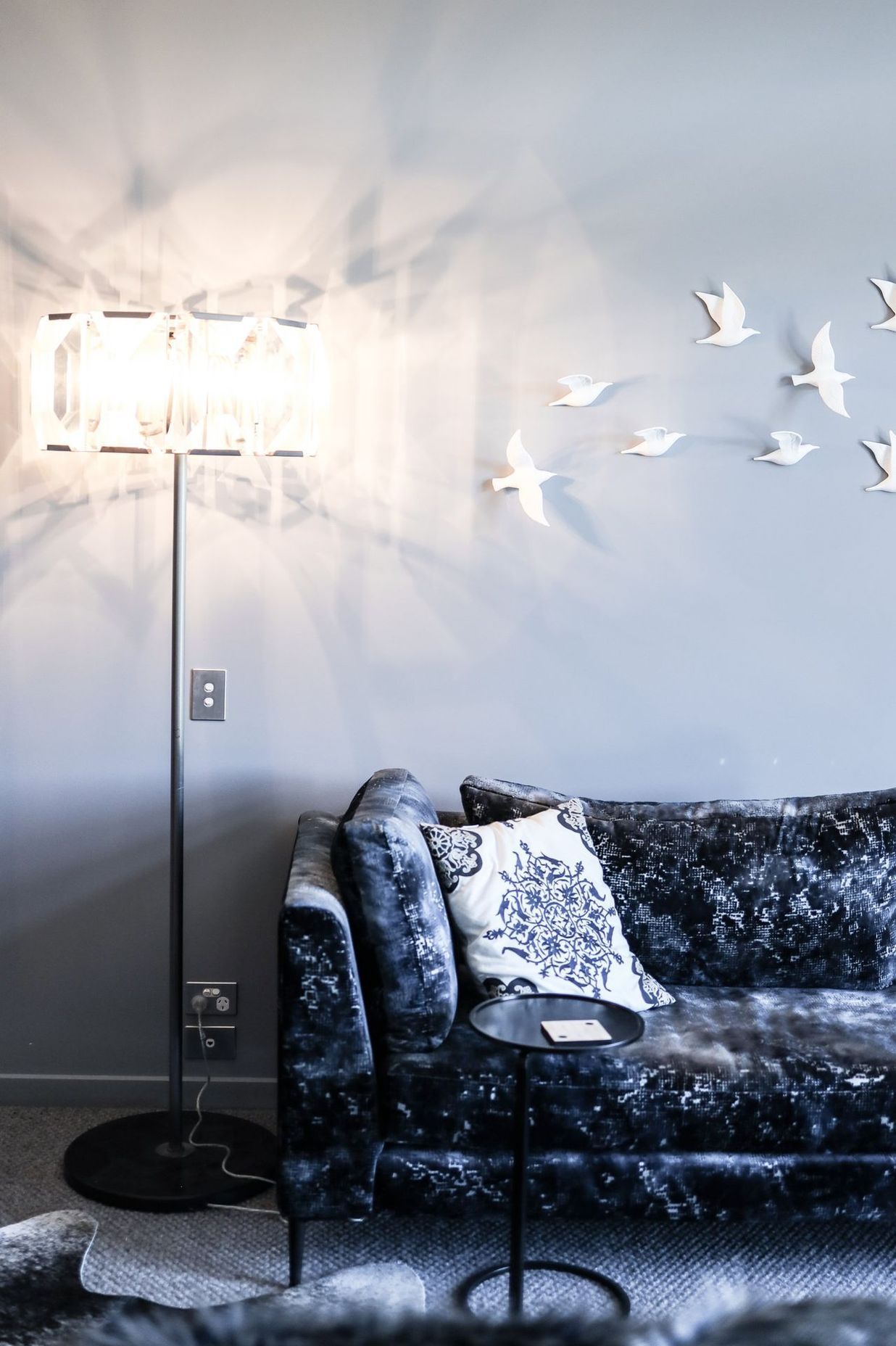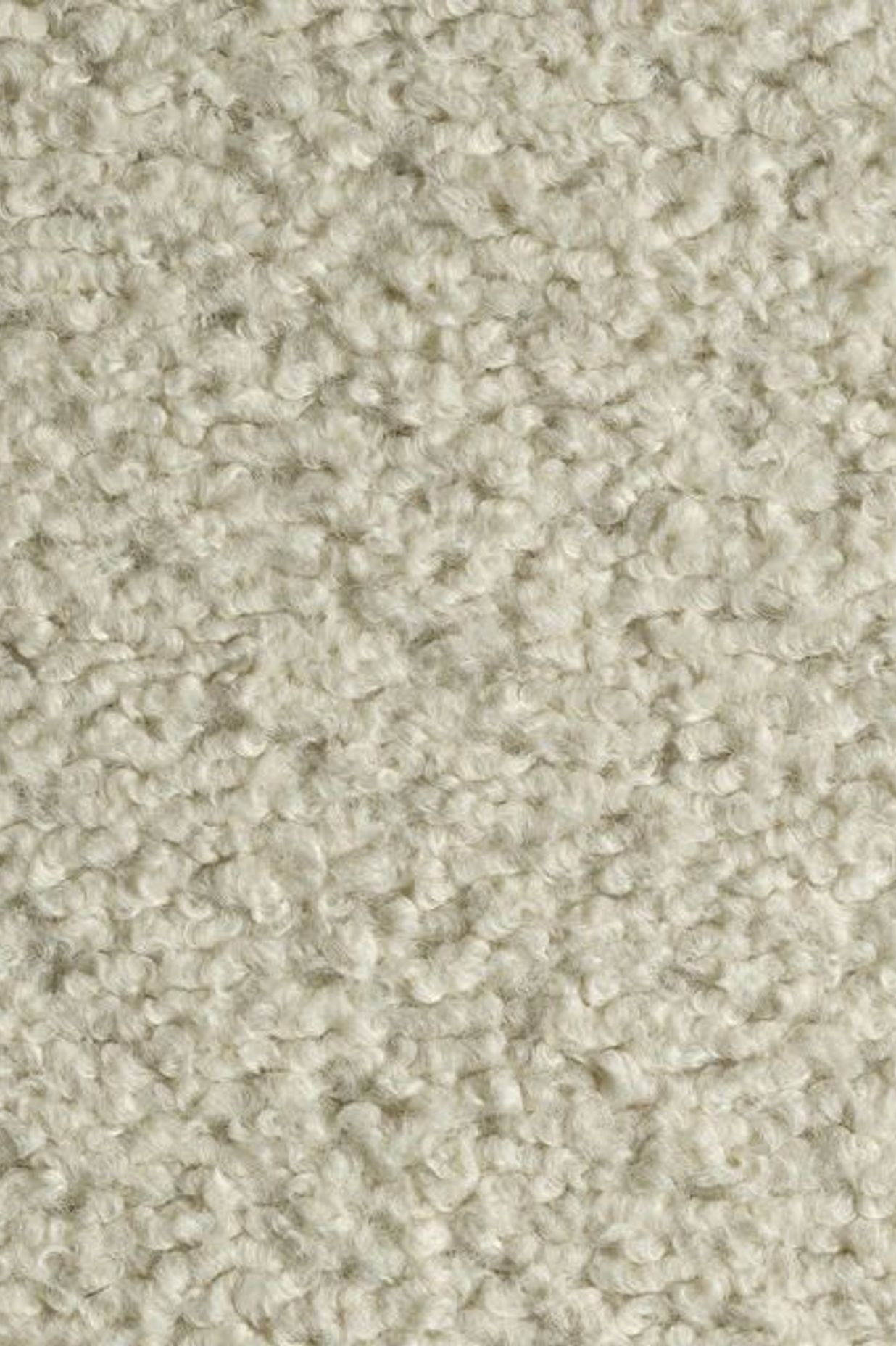What To Know When: Choosing Upholstery


After working closely with our clients on a wide variety of upholstery projects, we’ve found that a lot of people have questions about how to make an informed choice. Your furniture should be a long-term investment and making the right decision when choosing upholstery starts with getting to know your options!
We have put together a handy guide to cover some of our favourite upholstery fabrics so you can feel assured to decide what is best for you!
Prioritise Your Needs
Before you begin, you need to take into consideration how the furniture is going to be used - by whom and where it will be located. High traffic areas in the home, such as living rooms, will need more durable fabrics. On the other hand, furniture that is occasional (it doesn't get as much wear and tear) doesn't need to be as robust. Here's a few key considerations to make before beginning your upholstery journey;
THINK ABOUT:
- What style is the room – Modern? Traditional? Contemporary?
- How often is the furniture going to be used?
- By whom?
- What room is the furniture or accessory going in? Bedroom? Living space? Entrance?
- Does it need to be stain resistant?
- Does it need to be fade resistant?
- Does it need to be durable?



Leather
Leather is classic, strong and blends well into almost any space. It's a great option for family friendly spaces. It ages well (as long as you remember to maintain it!), it’s durable, and it’s easy to wipe spills off. Even when the leather starts to get natural scratches, it’s still pretty (and you can often buff these out with your finger or a leather conditioner)! Choosing natural, quality leather will mean it stays soft to the touch and wears much better over time. Leather doesn't love the sun however so beware of placing your furniture near windows and doors.


Linen
We love the natural texture, relaxed look and feel of linen! Not only is it incredibly comfortable, but it is also breathable, durable, and hypoallergenic, making it a great choice for bedroom and living room furniture alike.
However - keep in mind that linen is less stain-resistant than performance fabrics, so it may not be the best choice for busy kids spaces! It’s often used in in a blend with cotton for greater elasticity.
Linen can prove tricky in sunny spaces as the natural fibres degrade more easily than man-made threads so choose the placement of your linen furniture wisely.


Velvet
We love velvet! It's soft, warm and elevates any interior. It's surprisingly durable, plus it has a sneaky way of disguising imperfections due to it's texture! This makes it a wonderful choice for family living spaces. We love using velvet to add an extra layer of texture, whether for an occasional chair, statement cushion or an entire sofa!
Different velvets offer different qualities, velvets can be made from cotton, wool, linen, synthetic fibres and even natural products like mongolian goat and alpaca. As with all fabrics it is really important to understand what function you need so that you can choose your velvet fibre to be fit-for-purpose.


Man-Made Fibres
Many people ask for fabrics for sofas and chairs that are family friendly and easily cleaned - we absolutely understand! This is where various synthetic fabrics come to the fore. With qualities like stain-resistance, sun-resistance and high rub counts (meaning longevity of your fabric) there are some pretty hard-working fabrics to choose from.
There is also a lot of development and technological advances occurring in the textile industry at the moment and the availability of fabrics that clean with water, that have stain resistance inherent in the individual fibres and the recycling of 'waste' materials into fabrics means it is an exciting time to be selecting upholstery fabrics that will really work for your family and environment.


Natural vs Synthetic?
Natural fabrics come in a wide range of durability options: ie leather is highly durable, while silk is highly delicate. Linen, wool, cotton, cotton blends and leather are all good options for furniture however, synthetic fabrics can be more cost effective and offer similar durability and comfort. Blending polyester or acrylic fibres with natural fibres can make the upholstery last longer whilst fully synthetic fabric can offer sun-resistance, stain resistance and stability.

Durability Matters
If the furniture is going to be in a high-traffic place, you’ll want upholstery fabric that can handle heavy use from your children, pets, and guests. Woven patterns have a longer lifespan than printed, and a tighter weave with a higher thread count will be denser and tougher but the touch test is always important - we don't want scratchy fabrics on bare legs!

